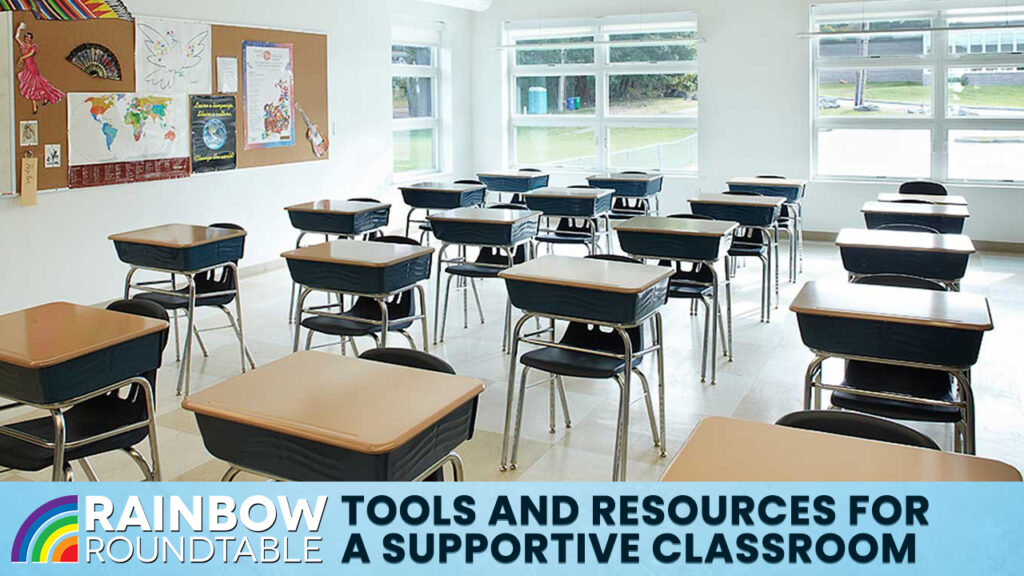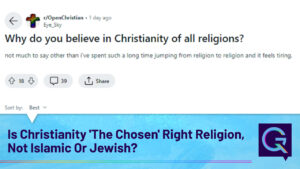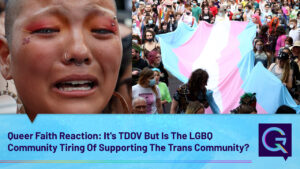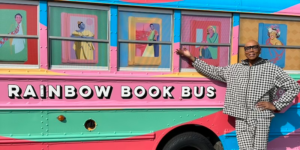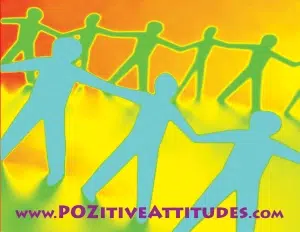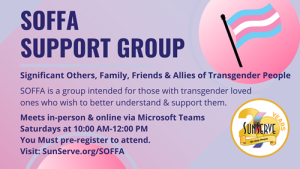In today's diverse and ever-evolving educational landscape, the importance of providing tools, fostering representation, and advocating for inclusivity cannot be overstated. In this article, we explore the critical aspects of inclusive education, with a focus on LGBTQ+ history and the challenges faced by LGBTQ+ students and educators.
Tools and Resources for Inclusive Learning
Inclusive education is about ensuring that every student feels seen, valued, and empowered. One of the key elements in achieving this goal is the availability of educational materials and resources that promote diversity and acceptance. These tools not only enrich curricula but also empower educators and students alike.
Educators play a pivotal role in diversifying curricula, and they have access to a myriad of resources to help them do just that. These resources range from textbooks that include LGBTQ+ history to lesson plans that foster understanding and empathy among students. For educators seeking to create an inclusive learning environment, these tools are invaluable.
Moreover, students can also benefit from resources that help them understand their identities better. Whether it's books, documentaries, or online platforms, these materials offer valuable insights into LGBTQ+ history and experiences. This knowledge not only educates students but also equips them to engage in meaningful conversations about LGBTQ+ issues.
Representation Matters: LGBTQ+ History in Education
Representation is a fundamental aspect of inclusive education. It's about ensuring that LGBTQ+ students see themselves reflected in their school environment. It's also about portraying LGBTQ+ history accurately and inclusively.
LGBTQ+ History Month, celebrated every October, is an important time to delve into the struggles and triumphs of the LGBTQ+ community throughout history. It's a testament to the resilience of a community that has often been marginalized. By understanding the roots of this commemorative month, students can grasp the significance of LGBTQ+ history in today's education.
Recognizing the challenges of representation and the power dynamics that have shaped historical narratives, educators, parents, and students must collaborate to ensure a more inclusive and accurate portrayal of LGBTQ+ history. This can be achieved through the integration of LGBTQ+ history into curricula and the support of LGBTQ+ student groups and organizations.
Challenges and Advocacy: LGBTQ+ Rights in the Classroom
While progress has been made in LGBTQ+ rights and acceptance, challenges persist, and they are not limited to the history books. Legislative issues, such as the 'Don't Say Gay' law, have raised concerns about LGBTQ+ rights in education. This law restricts discussions of LGBTQ+ topics in schools, affecting both educators and students.
Advocacy is crucial in addressing these challenges. LGBTQ+ students, educators, and their allies must stand up against pushback and advocate for their rights in educational settings. By doing so, they can help create a more inclusive and accepting learning environment.
In conclusion, inclusive education is a multifaceted endeavor that encompasses the provision of tools and resources, representation, and advocacy. By embracing these principles, we can foster an educational environment where every student feels seen, valued, and empowered. In the journey toward inclusivity, the history and experiences of the LGBTQ+ community hold a significant place, reminding us of the importance of acknowledging and celebrating diversity.


